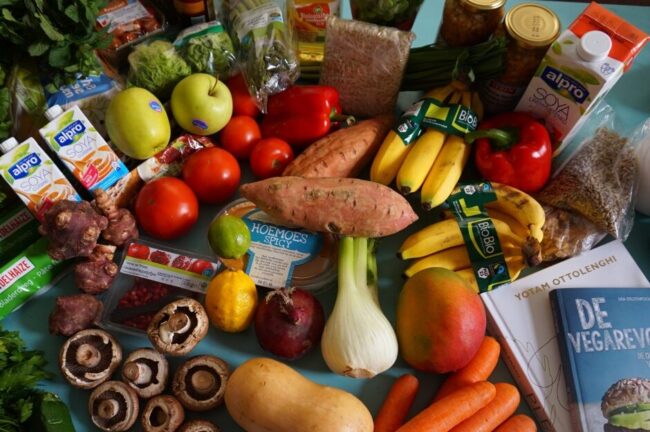Simple Strategies for Affordable and Nutritious Grocery Shopping

The first quarter of the year is an optimal time for individuals to review their dedication to healthy eating habits. For those who are transitioning out of their current living arrangements or completing their education, this is an opportune moment to gain knowledge about cost-effective, nutritious options for their grocery list.
When embarking on a trip to the grocery store to procure food for a healthy diet, aim to acquire a variety of vegetables, fruits, legumes, whole grains, nuts, seeds, lean proteins, and low-fat dairy products. However, it may be helpful to think in terms of pairs rather than feeling overwhelmed. Purchase two different types of fruits and vegetables with distinct hues, as well as two types of lean protein, including fresh, canned, or frozen fish, chicken, lean ground turkey, or plant-based alternatives.
Additionally, while grocery shopping each week, endeavor to purchase at least two items from the following categories: plant proteins, whole grains, and dairy or non-dairy milk products. You may also consider purchasing one or two healthy snacks, such as hummus or dried apricots.
Additionally, while grocery shopping each week, endeavor to purchase at least two items from the following categories: plant proteins, whole grains, and dairy or non-dairy milk products. You may also consider purchasing one or two healthy snacks, such as hummus or dried apricots.
When embarking on a trip to the grocery store to procure food for a healthy diet, aim to acquire a variety of vegetables, fruits, legumes, whole grains, nuts, seeds, lean proteins, and low-fat dairy products. However, it may be helpful to think in terms of pairs rather than feeling overwhelmed. Purchase two different types of fruits and vegetables with distinct hues, as well as two types of lean protein, including fresh, canned, or frozen fish, chicken, lean ground turkey, or plant-based alternatives.
Although organic foods may be safer for your health as they are grown without synthetic fertilizers and pesticides, it is not necessary to purchase all of your items in organic form. Instead, focus on avoiding conventionally grown produce with thin skins, as they tend to absorb more chemicals. The Environmental Working Group releases a yearly list of high-pesticide produce to avoid and a list of the least contaminated produce.
Healthy food, including organic produce, is often associated with higher costs, but it does not have to be. To reduce expenses during your grocery run, consider shopping at smaller stores, eating a meal before entering the store, bringing a shopping list, proceeding directly to the aisles you need, and being flexible with your options. You can also purchase unseasoned canned or frozen whole foods, wait for sales of healthy nonperishable staples, and use coupons or coupon apps.
Rather than opting for easy, processed snacks, which are often high in sugar and fats, select healthier options like unsalted mixed nuts, string cheese, fruit, rice cakes with nut butter or hummus, fat-free Greek yogurt, or a peeled hard-boiled egg. When feasible, buy certain foods in bulk and store them in a sealed container in the fridge to save money.
